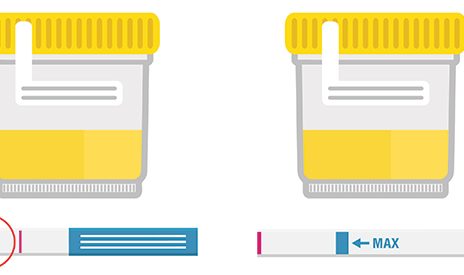Body fat is a necessary and important part of our health, but too much body fat can put people at risk for serious health issues. It’s essential to understand the different types of body fat and what they do in order to maintain a healthy weight and lifestyle. Knowing the differences between them can help you make effective decisions when it comes to weight loss.
There are five main types of fat: visceral, subcutaneous, intramuscular, brown adipose tissue (BAT), and white adipose tissue (WAT). Visceral fat surrounds your internal organs like your liver and intestines, while subcutaneous fat is located under the skin around your hips, waist and thighs. Intramuscular fats are stored within muscles for energy purposes.
Subcutaneous Fat
Subcutaneous fat is the type of body fat most commonly associated with unhealthy weight gain and obesity. It is found just below the skin, and although it can be unsightly when present in large amounts, subcutaneous fat plays an important role in insulation and energy storage. Unfortunately, this type of fat is particularly difficult to target with diet and exercise alone – making it necessary to turn to effective weight loss medications for help.
Some of the most popular medications used to reduce subcutaneous fat include lipase inhibitors such as orlistat, appetite suppressants like phentermine, serotonin agonists such as liraglutide and GLP-1 analogs including exenatide.

Visceral Fat
Visceral fat is one of the five main types of bodily fat, and it’s located deep inside the abdomen. Excess visceral fat has been linked to a number of serious health issues, such as heart disease, type 2 diabetes, and certain types of cancer. So what is visceral fat and how can you reduce your risk?
Visceral fat is an energy-storing tissue that surrounds vital organs like the liver, pancreas, small intestine, and stomach. It’s key in providing insulation for these areas – but too much means that not only do you appear larger than you actually are (due to its vicinity around the abdominal area), but it also puts extra strain on your body’s internal organs.
Intramuscular Fat
Intramuscular fat, also known as intramyocellular lipids (IMCLs), is the type of body fat that accumulates inside muscle cells. Contrary to popular belief, having some intramuscular fat is essential for good health and physical performance. It helps to provide energy during high intensity exercises, such as sprinting or weightlifting, and it also acts as an energy reserve for times when you need extra fuel for activities like endurance running or cycling. The amount of intramuscular fat varies from person to person and depends on several factors including age, gender, genetics, diet and exercise habits.
To assess the amount of IMCLs in the body there are two main methods: magnetic resonance imaging (MRI) scans and proton nuclear magnetic resonance spectroscopy (1H-MRS).

Essential Fat
Body fat is an essential part of a healthy lifestyle and physique. But not all fat is created equal. Experts have identified five different types of body fat that can be used to identify potential health risks and inform lifestyle choices.
Essential fat, also known as basal adipose tissue, plays a major role in maintaining normal metabolic function and bodily processes. Essential body fat must always be present in the human body for it to function properly and remain healthy; it is found in the muscles, bone marrow, nerve tissues, brain cells, and organs. About 3-5% of body mass consists of essential fat for men and 10-13% for women. Additionally, essential fatty acids are required for many bodily processes such as producing hormones, regulating blood sugar levels, creating energy from food sources as well as aiding joint flexibility and skin health.
Unhealthy Adipose Tissue
Unhealthy Adipose Tissue is a major concern for people of all ages, genders, and backgrounds. It’s so important to understand the different types of body fat in order to know how to tackle it. There are five different types of fat: visceral, subcutaneous, brown adipose tissue (BAT), white adipose tissue (WAT) and intramuscular fat. Of these five types, the unhealthy type is visceral fat. This dangerous kind of body fat builds up around our internal organs such as the liver and pancreas, which can lead to serious medical issues like heart disease or diabetes if left unchecked. Visceral fat is also known as “active” fat since it releases hormones and other chemicals that can interfere with metabolism in a negative way.




